#Farnese Bull
Explore tagged Tumblr posts
Text
This is cool. I always love it when what is written in ancient literature gets supported by archaeological evidence.
THE FARNESE BULL

Pliny the Elder mentions a sculpture in the collection Asinius Pollio depicting the Supplice of Dirce:
Asinius Pollio, a man of a warm and ardent temperament, was determined that the buildings which he erected as memorials of himself should be made as attractive as possible; for here we see ... Zethus and Amphion, with Dirce, the Bull, and the halter, all sculptured from a single block of marble, the work of Apollonius and Tauriscus, and brought to Rome from Rhodes. (Historia Naturalis 36.4)

This outsized Hellenistic sculpture, carved from a single block of marble, was displayed near the Forum in the Atrium Libertatis. In 39 BC, Pollio had funded the rebuilding of this structure, which housed the censor’s archive and the brass tablets of the ager publicus. Also included were an art gallery and Greek and Latin libraries, which Pollio founded in 39 BC. This lavish complex was demolished during the construction of the Forum of Trajan.
In 1546, excavators hired by Paul III working in the palestra of the Baths of Caracalla discovered numerous “beautiful fragments of statues and animals were found that were all in one piece in antiquity,” as a contemporary phrased it. These fragments were immediately identified as the Hellenistic group described by Pliny. This identification was supported by the fact that the baths had been built on the site of the Horti Asiniani, the gardens of Pollio’s estate, to where the sculpture might have been relocated after the closing of the Atrium Libertatis. The sculpture was reconstructed and restored by Michelangelo and installed in the Palazzo Farnese.
It is now, however, thought that the Farnese Bull is a late 2nd-century copy of Pollio’s sculpture. If that is the case, the original was either already lost or at some other location. The decision to place this work in a bathing complex contrasts sharply with the context of Pollio’s version. Situated in the Atrium Libertatis, the sculpture was prized by its owner and his cultured peers for its Greek pedigree, technical virtuosity and mythological drama. The Severans, however, may have chosen it for its size. Rising 4 m from the floor on a 3.3” x 3.3” m base, the Farnese Bull (unlike the other sculptures decorating the main bathing block) held its own amidst the gargantuan architecture. Besides the work’s scale, its violent subject matter and turbulent composition might have appealed to Caracalla’s brutish tastes and personality.
#farnese bull#gaius asinius pollio#pliny the elder#roman sculpture#hellenistic sculpture#also trajan demolishing a library to build a monument to himself#fuck him#optimus princeps my ass
182 notes
·
View notes
Text
Back in Naples - weeks before Covid -soon we were all told to stay home.
On the 6th January 2020 I returned to Naples not realising it was going to be my last foreign journey anywhere for two years. On 31st January two Chinese tourists in Rome were tested positive for the Covid virus and the Italian government declared a state of emergency. The first case of Covid was documented in the UK that day too, followed by a series of lockdowns beginning in March. Soon we…
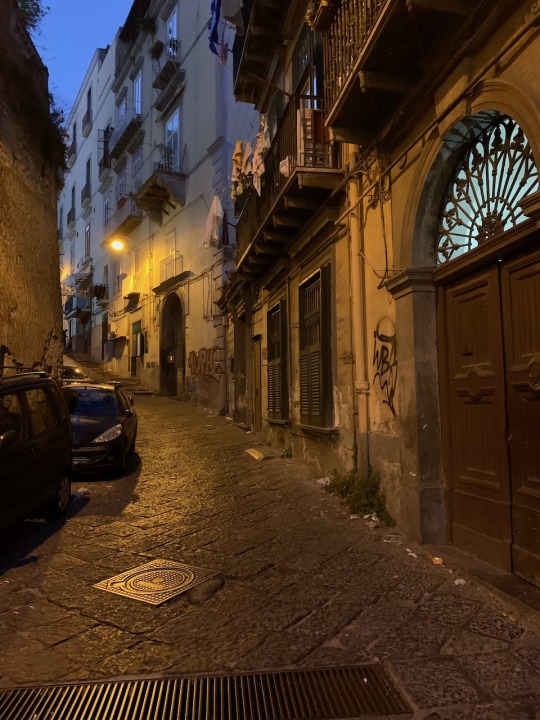
View On WordPress
#Cappella Sansvero Naples#Caravaggio#Church of Pio monte della Misericordia Naples#covid#Cristo Velato#Doryphorus#Farnese Atlas#Farnese Bull#Farnese Hercules#Farnese marbles#Farnese Runners#Giuseppe Sanmartino#Italian holidays#Italy#Museo Archeologico Nazionale di Napoli#naples#National Archaeological Museum Naples#Polykleitos#Raphael#sculpture#statues#The Veiled Christ#Titian
1 note
·
View note
Text
Giulia: Juno? Vanozza: Well spotted, Giulia Farnese. And you are? Giulia: You may call me Minerva. Vanozza: Ah. And to think. You were Venus once. Giulia: And I soon may be a vestal virgin. Vanozza: You fear for the constancy of your lover's affections? Giulia: And, if I may be so bold, I would ask for your advice. Vanozza: When his eye wanders? As it did from me to you? Giulia: You must hate me. Vanozza: No. And if you would take my advice, don't do as I did. Rage, remonstrate. Play the wounded wife. Giulia: No? So what is the Goddess Juno's advice? Vanozza: He is Janus tonight, is he not? He looks both ways. Allow him his fancy. Let him look both ways. But be sure one of those gazes falls on you.
#The Borgias#02×01: The Borgia Bull#rewatch#quotes#Giulia Farnese#Vanozza Cattaneo#V#I love this exchange#and I love how there's no hatred between women.#They know they live in men's world#and they support each other even when one takes another's place.#MU rewatches TB
6 notes
·
View notes
Text





Lotte Verbeek as Giulia Farnese in The Borgias 2.01 The Borgia Bull
#giulia farnese#the borgias#theborgiasedit#borgiasedit#dailyborgia#periodedit#perioddramaedit#perioddramasource#tvedit#dailyflicks#usergif#tvgifs#userbbelcher#userhann#userbennet#useramanda#creations
837 notes
·
View notes
Text
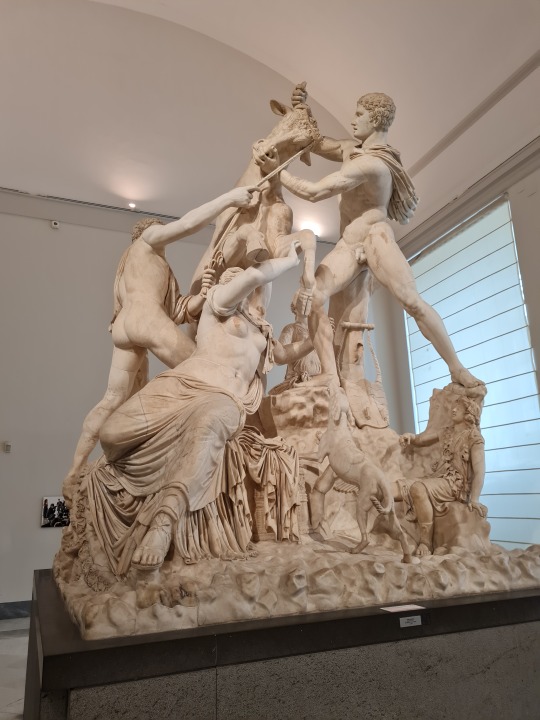



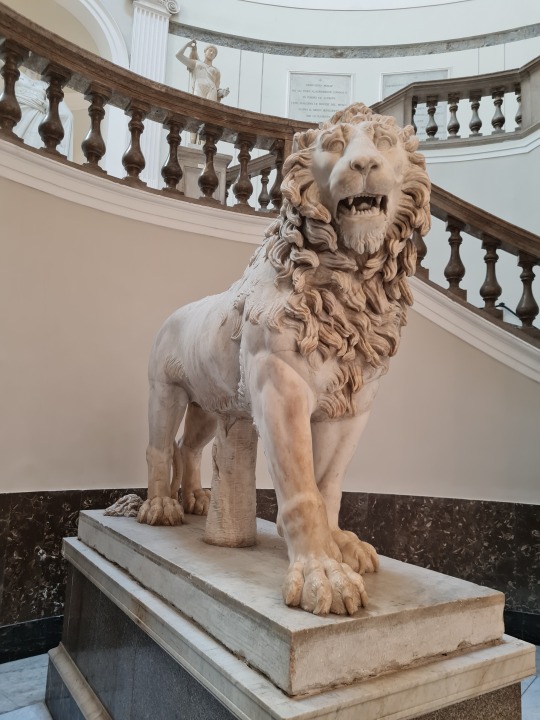
Sculptures in Museo Archeologico Nazionale di Napoli
1. The Farnese Bull, a Roman copy from 222-235 AD of a Hellenistic original from 160-150 BC.
2. Roman sculpture of Pomona (Flor Minor), 150-200 AD.
3. The Flora Farnese, originally a Roman sculpture of Aphrodite that was interpreted as Flora in the 19th century.
4. The Farnese Hercules, a third century AD copy by Glykon of a Greek original by Lysippos (4th century BC).
5. Roman sculpture of a lion, 2nd century BC.
#roman art#sculpture#napoli#italia#italy#italytravel#history#culture#travel#travel photography#art#art history#ancient history#ancient rome#archeology#antiquity#ancient sculpture#photographers on tumblr#photography#museum photography#museum#art photography#greek mythology#roman mythology#mythology and folklore#farnese#flora#hercules#statues#roman gods
54 notes
·
View notes
Text
Explaining One of VTMB Paintings (part 15)
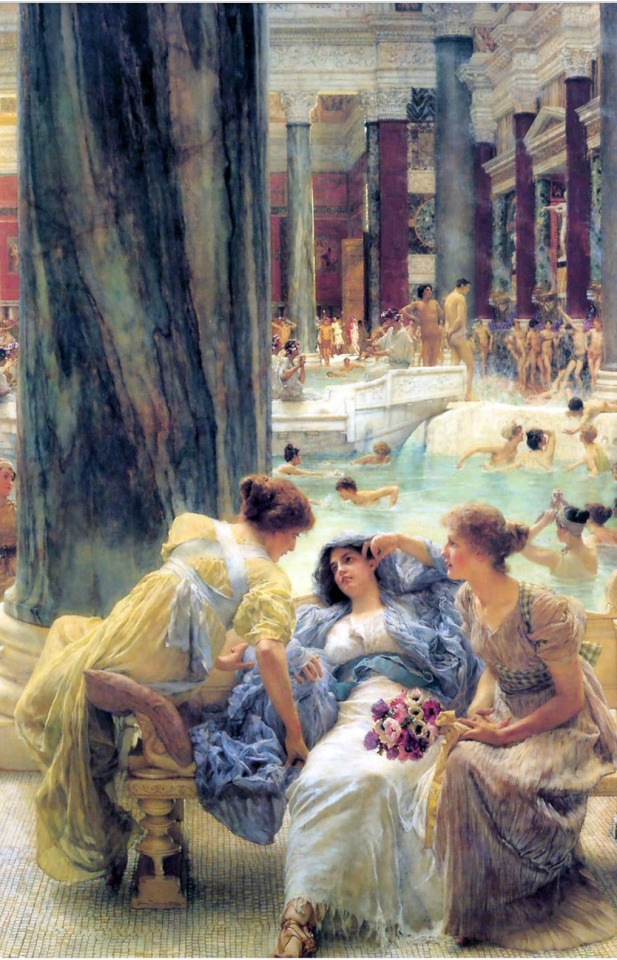
The Baths of Caracalla, oil on canvas (1899) by Sir Lawrence Alma-Tadema
Sir Lawrence Alma-Tadema(Jan 8 1836- Jun 25 1912) was a Dutch painter born in Dronryp , Netherlands and later became a UK denizen(an old legal status were you were able to own land and like in the UK without being a Citizen but still enjoying most of the rights). His art styles include both Romanticism (which this painting is) and Neoclassical.Before 1860s many of his works were of Merovingian subjects(Merovingian Dynasty was a Frankish(Germanic people who lived in what’s now part of Modern day France) ruling family in power from the mid 5th century to 751). His painting The Clotilde and the Tomb of her Grandchildren [1859 ](see below) is an example of Merovingian subject matter in a NeoClassical style. Despite his foundness Merovingian subject was not very popular on the international art market so he switched to painting focused on more popular subjects to depict in his artwork mostly focused on as historic/ ancient Egyptian, Roman and Greek subjects and events.
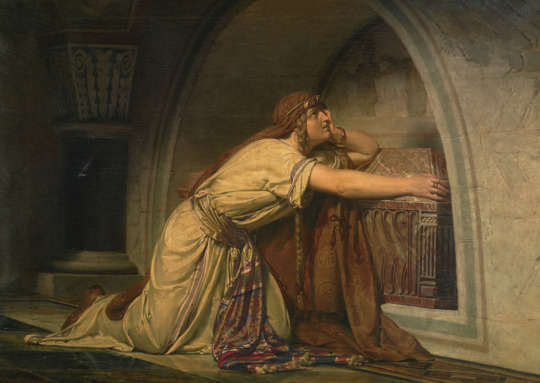
The Clotilde and the Tomb of her Grandchildren, oil on canvas (1858) by Sir Lawrence Alma-Tadema
Romantic art focused on emotions, feelings, and moods of all kinds including spirituality, imagination, mystery, and fervor. The subject matter varied widely including landscapes, religion, revolution, and peaceful beauty. The brushwork for romantic art became looser and less precise. The great Romantic artist Caspar David Friedrich summed up Romanticism saying "the artist's feeling is his law".
The Baths of Caracalla is a real Roman public bath built in Rome, Italy (the second largest in the city) sometime between 212 AD and 217 AD and was in operation until around 537 AD when it fell into disuse. The paining shows the historical imagination of what the baths would have looked like during the height of its popularity as it would be a major social space public space. Historically Roman public baths acted as community centers where free and included access to a wide verity of atonal features such as gymnasiums for men to exercise; statues, murals and other public works of art; restaurants to buy multiple types of food and even a library that allowed everyday Roman citizens access to literature works they wouldn’t be able to offers to buy. Roman Public baths acted as not only bath houses but as a Library, gym, spa, restaurant and public art gallery. The waters of the baths were heated by a hypocaust, a heating system where coal and wood is burned under the ground.
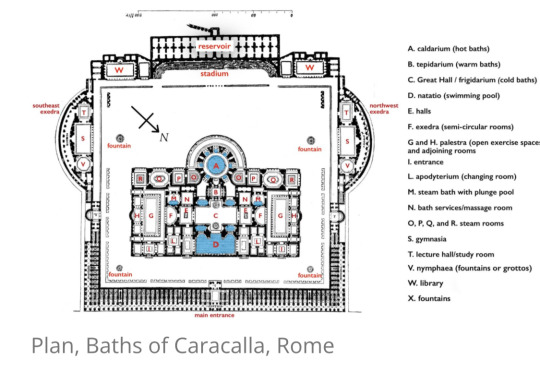
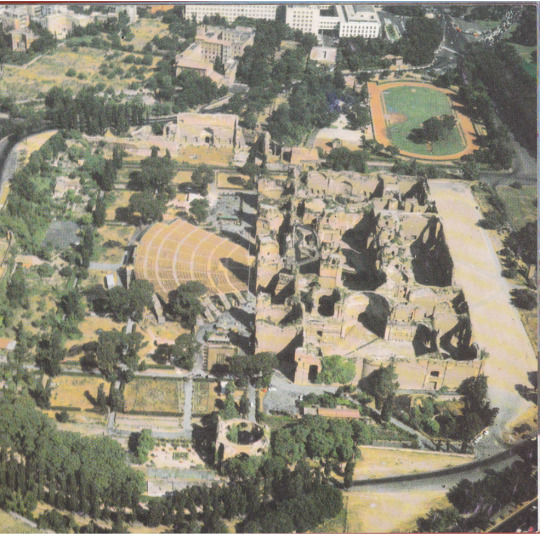
The baths were most likely built by emperor Septimius Severus (part of the Severan Family) as they are located in the southern part of Rome where during that time members of Severan family were known to commission a number of public works in that specific area of the city for political favor. The site the baths were built on where originally part of a Garden estate known as horti Asiniani by Gaius Asiniani Pollio during the reign of Augustus( first emperor of Rome 63 BC to 14 AD, so about 200 to 260 years before the construction of the baths). The Garden was home to a number of sculptures such as the Farnese Bull which were kept as part of the public art displays of the baths when they were in use. During the height of its popularity the baths are estimated to have a daily capacity of 6,000 to 8,000 visitors a day.

Farnese Bull, marble sculpture (2nd century BC) by Apollonius of Tralles
Even after falling into ruin the Caracalla baths still found use as in the 14th century a Christian pilgrim site was set up near by due to the proximity to the Church of Saint Nereo e Achilleo( built facing the baths in the 4th century) and was used by the pilgrims as their main water source. But in 537 AD during the war of the Gothic war the city’s water supply was cut by Vitiges of the Ostrogoths and the baths were once again abandoned.
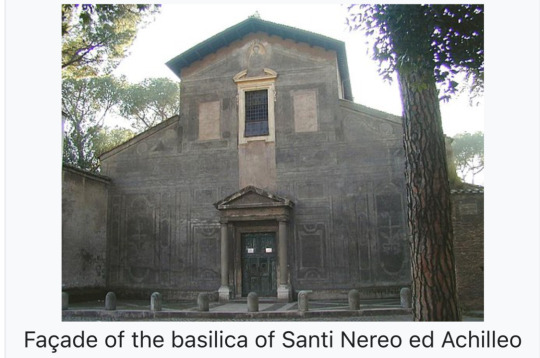
During the 6th and 7th century the baths were still in the very sparely populated area of Rome and were used to burry pilgrims who died in the xenodochium ( hospital specifically for treatment of foreign pilgrims) of the Church of Saint Nereo e Achilleo. Then starting in the 12 century the baths were used as a quarry for stone and decorative masonry that were often used in the construction of churches. In the 15th century Pope Pius II used stone from the baths in the construction of the Loggia of the Benediction (fancy decorative balcony used by the Pope) at St Peters Basilica, Vatican City. (See photo below)
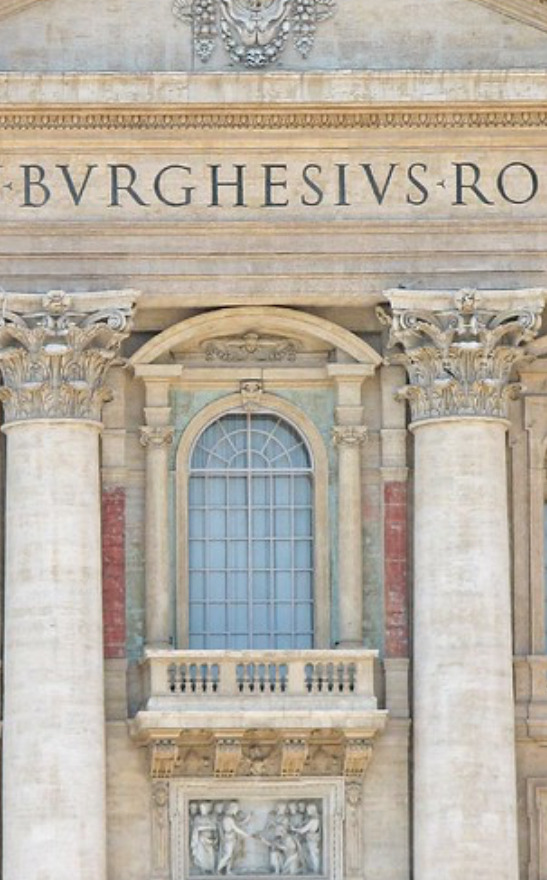
it wasn’t until the 16th and 18th century when interest in restoring the Baths as a historic site began. With the excavation of the baths beginning in 1824 by Count Egidio di Velo.
The Baths of Caracalla have been a popular subject of a number of different art works over the years by a wide number of artist who ether are depicting historical scenes of artist imaginations of the baths in its prime or capturing architectural beauty that remained even after it fell into ruin. (see examples below)

Baths of Caracalla Rome: interior of the Tepidarium, watercolor (1845) C.R. Cockerell and assistant Jackson used in lecture of architecture. Image based on illustration based of detailed restoration done on the baths found in a book published by French architect G.A Blouet in 1828.

Interior of the Baths of Caracalla, print if etching with watercolor and gouache(circa 1780) by Swis painter and engraver Abraham-Louis-Rodolphe Ducros.
#vampire the masquerade bloodlines#VTMB#explaining one of vtmb paintings#art history#romanticism#The baths of Caracalla#Ancient Roman#Sir Lawrence Alma-Tadema
2 notes
·
View notes
Video
The Farnese Bull by FotoFling Scotland Via Flickr: The Farnese Bull is a massive Roman elaborated copy of a Hellenistic sculpture. It is the largest single sculpture yet recovered from antiquity. Along with the rest of the Farnese antiquities, it has been since 1826 in the collection of the Museo Archeologico Nazionale Napoli in Naples. Pliny the Elder mentions what was presumably the prime version of it as the work of the Rhodian artists Apollonius of Tralles and his brother Tauriscus, stating that it was commissioned at the end of the 2nd century BCE and carved from just one whole block of marble. It was imported from Rhodes as part of the remarkable collection of artwork and sculpture owned by Asinius Pollio, a Roman politician who lived during the years between the Republic and the Principate. This colossal marble sculptural group represents the myth of Dirce first wife of Lykos, King of Thebes. She was tied to a wild bull by Amphion and Zethus, the sons of Antiope, who wanted to punish Dirce for the ill-treatment inflicted on their mother.
10 notes
·
View notes
Photo

Jeff Koons (American, born 1955), Antiquity (Farnese Bull), 2009-12. Oil on canvas, 274 x 213 cm
#art#painting#contemporary art#american art#jeff koons#koons#contemporary#antiquity#farnese#bull#farnese bull
11 notes
·
View notes
Photo

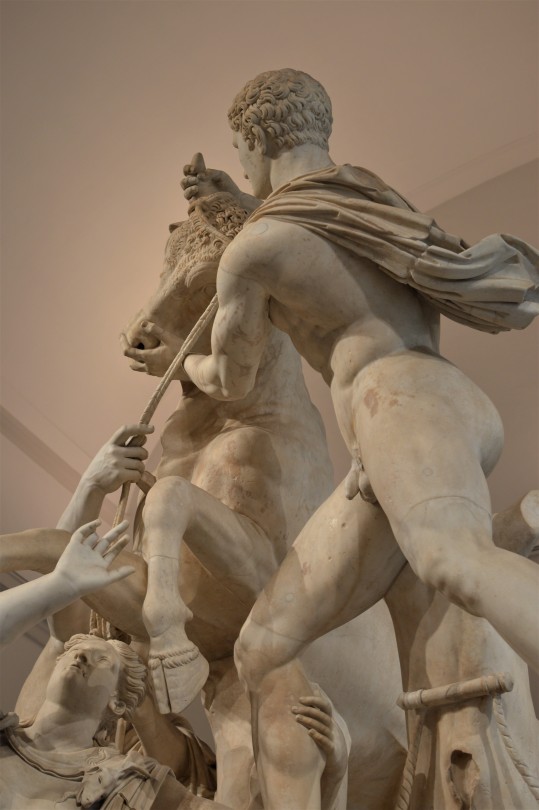



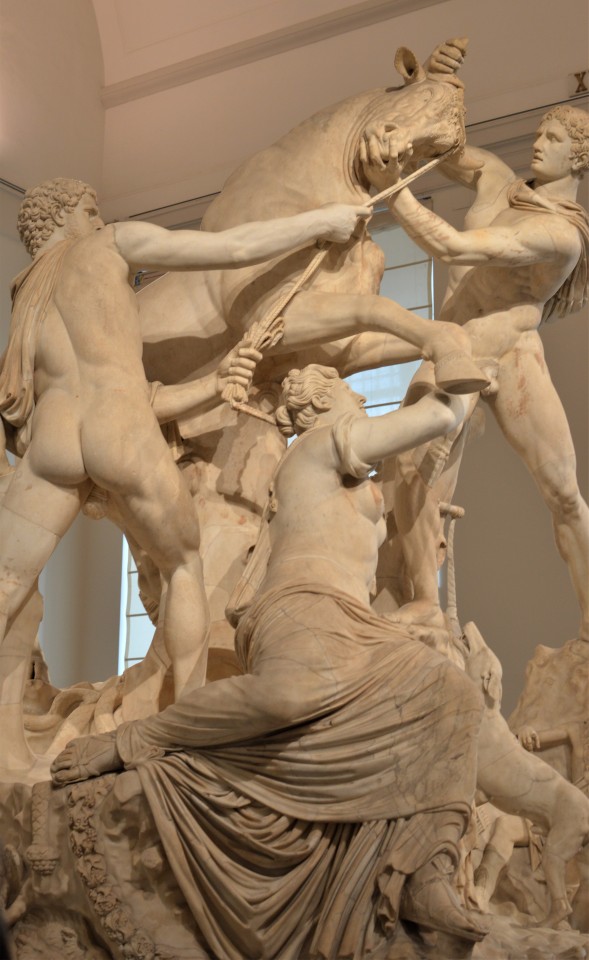

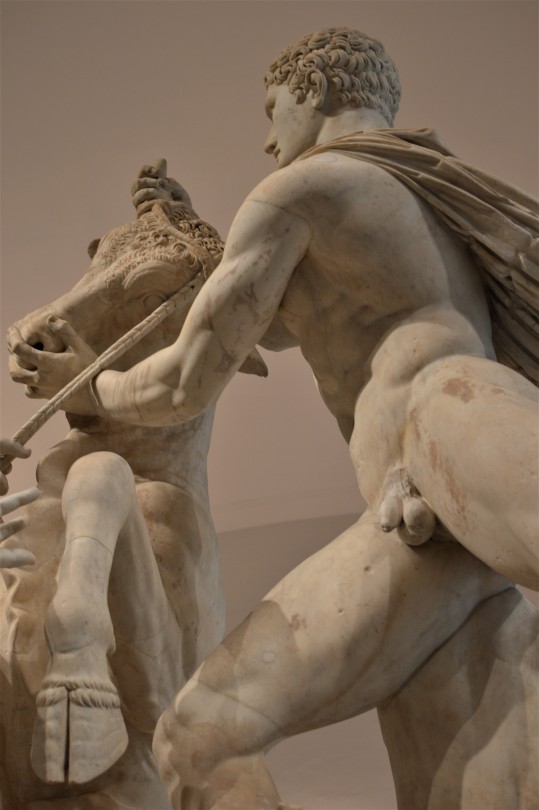
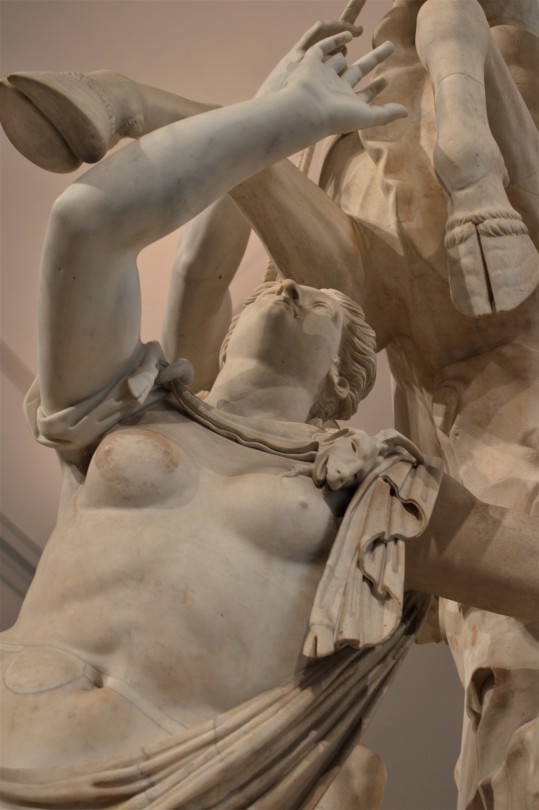

The Farnese Bull
circa 150 aC
Museo Archeologico Nazionali di Napoli
Italy/Italia
photos cjmn
287 notes
·
View notes
Photo
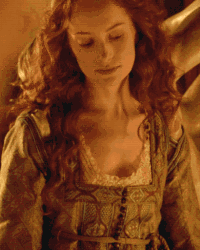
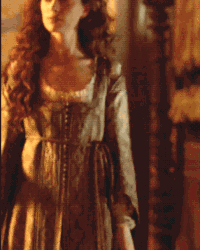
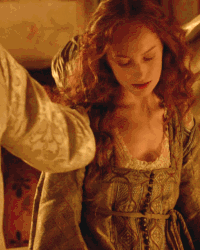
(Almost) Every Costume Per Episode + Giulia Farnese’s gold and blue sleep coat in 2x01
#The Borgias#Borgiasedit#TheBorgiasedit#perioddramaedit#Giulia Farnese#Lotte Verbeek#2x01#The Borgia Bull#weloveperioddrama#costumeedit#costumes#costume edit#costume drama#costume set#costume series#Almost Every Costume Per Episode#historical drama#1500s#1600s#renaissance#mine#awkward-sultana#NVM I'm Fabulous#period drama
85 notes
·
View notes
Text

"Most lovely to behold..."
Lorenzo Pucci
#la bella farnese#giulia farnese#giulia farnese aesthetic#white aesthetic#ceruleanblue#cerulean aesthetic#pearl aesthetic#like a painting#the borgias paintings#the borgia bull#the borgias#borgia aesthetic#lorenzo pucci
9 notes
·
View notes
Photo



the archaeology museum in Naples - always a pleasure.
36 notes
·
View notes
Note
✎ (italian, to giulia)
send one for my muse’s reaction to your muse —✎ = speaking in a different language / @threecardtrick

there wer quitee a few tales circulating about him, snippets of his past, anecdotes of what he had once said or done, fragments of a whole that still eluded people. there were a few tales about her, too. it amused her to hear them. such fantasies. on either side of the sea, the collective imagination ran so free it had created characters out of the distorted truths the likes of them had long learned to brush off - sometimes entertain, even, for their own amusement. what cesare had told her, though, was very little and rang true; and so she knew about his time in italy and the relations he’d established there, a blacksmith’s son from putney learning italian whilst fighting battles for foreign powers. it shouldn’t have come as a surprise to hear him switch to her mother tongue and yet it did. pleasantly so. his accent was as subtle as it was comforting, the sound of it singing to her ears and transporting her, if only for a moment, back to warmer lands drenched with the golden light of a brighter sun.
“sono cosi impressionata, tomaso cromwell,” she confessed. a smile blossomed and glimmered in her eyes when she leaned in to whisper. “quite the trick to entice ladies, as well. i thought you should know.”
1 note
·
View note
Text

Farnese Bull, Apollonius and Tauriscus of Tralles, ca. 100 BC, Roman copy, marble, Naples
46 notes
·
View notes
Photo

Farnese Bull
A massive Roman elaborated copy of a Hellenistic sculpture. It is the largest single sculpture yet recovered from antiquity in Europe.
This colossal marble sculptural group represents the myth of Dirce first wife of Lykos, King of Thebes. She was tied to a wild bull by Amphion and Zethus, the sons of Antiope, who wanted to punish Dirce for the ill-treatment inflicted on their mother.
37 notes
·
View notes